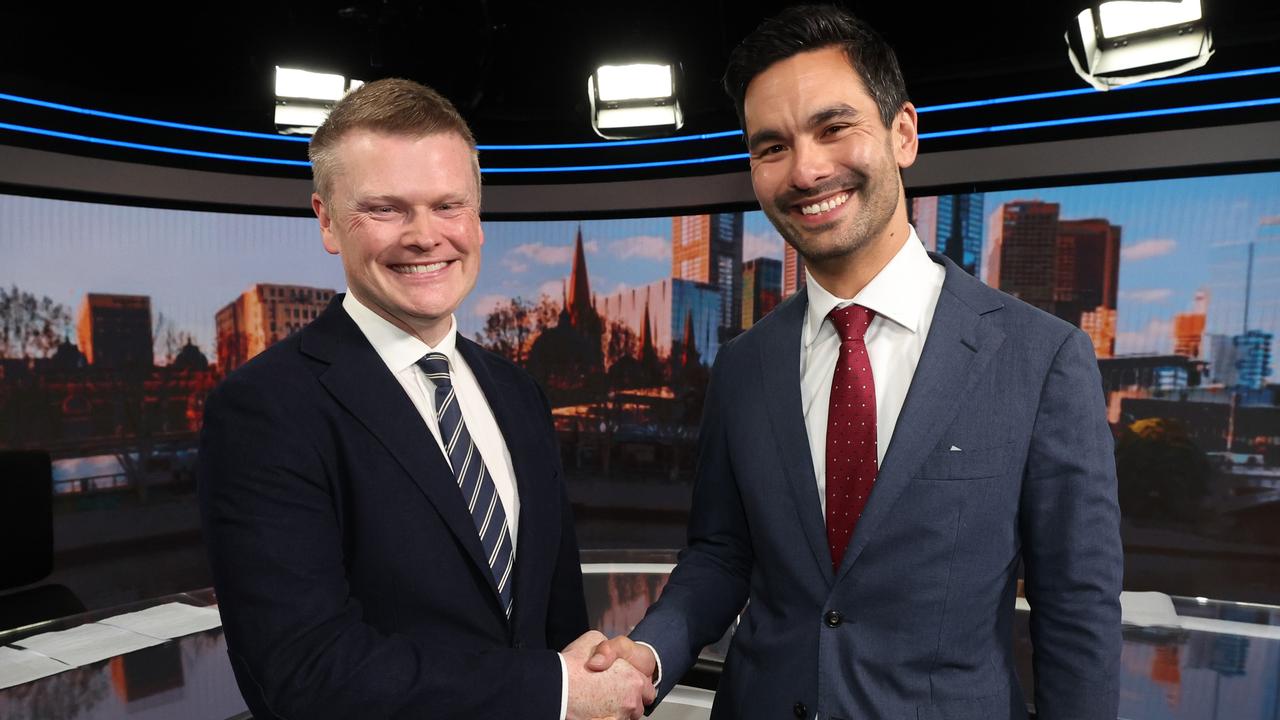Private patients pay more for shoddy knees, says Medibank
People in private hospitals are paying for shoddier yet more expensive replacement knees and hips, Medibank says.

Sick people who go to private hospitals are paying for shoddier yet more expensive replacement knee, hips and other artificial joints than they would otherwise get in the public system, Australia’s biggest health insurer says.
Medibank is calling on the Morrison government to deliver greater healthcare reforms after its half-year net profit sank 9 per cent to $178.6m amid a surge in claims, driven largely by “extraordinary” prostheses costs.
On top of Medibank chief executive Craig Drummond’s reform wish-list is an overhaul of prostheses, which he said cost insurers about $2bn a year and was rising at 6 per cent annually.
He also said the prosthesis units being fitted in private hospitals were of a poorer quality and more expensive than those used in the public system.
For example, a replacement hip in a private hospital costs $3000 more on average, at $9626, compared with $6299 in the public system, according to the Independent Hospital Pricing Authority.
Meanwhile, a pacemaker implantation or replacement costs almost three times more in a private hospital, at $12,014 versus $4776 in a public hospital
“We think the savings here are in the many tens of millions, it’s not a couple of thousand,” Mr Drummond said. “We know the quality of devices that are being used in the private system, particularly in areas like hip joints, are poorer with a higher revision rate than those used in the public system. And the ones used in the private system — even though they have a higher revision rate — are more expensive.”
The revision rate is the number of times a patient has to return to hospital for surgery on their replacement knee, hip or other joint.
Mr Drummond cited data from the National Joint Replacement Register, which found that the cementless joints favoured by the private sector had a higher revision rate for total knee and total hip replacements than the conventional cemented joints used in public hospitals.
In addition to private-sector price gouging, he said, he had evidence that lower-cost devices were being substituted with higher-cost devices in the private sector. “We being the consumers are paying for this. It’s just unacceptable,” he said.
It is the second time in four months that Mr Drummond has questioned the spiralling costs of prostheses. In November he blamed a $21m cost blowout on soaring prostheses claims, which he said “didn’t feel right”.
He reiterated that claim, saying the number of prostheses being fitted in the six months to December 31 was five times higher than the number of hospital admissions. “Groups like us have seen a 5.1 per cent increase in prostheses utilisation in this half compared with 1.1 per cent increase in hospital utilisation.
“Generally if you have 1.1 per cent uplift in the number of people going to hospital, you typically don’t continue to have this significant acceleration … of prostheses utilisation. That means you’re using more devices per person.”
In 2017 the federal government, which mandates the cost, brought the prices of cardiac, hip, knee and eye prostheses more in line with other countries in a move that aimed to save $250m.
But Private Healthcare Australia chief executive Rachel David said sales representatives began upselling ancillary products, such as skin glue, in their prosthesis kits, with volumes in the general miscellaneous category surging 19 per cent last year.
“We were promised savings of $250m, when in fact the funds have only saved $13m,” Dr David said. The Department of Health is investigating.
Medical Technology Association of Australia chief executive Ian Burgess said medical device makers were not to blame for the increase in claims.
“Medibank’s attempts to blame medical device usage for its alleged profit downturn flies in the face of APRA (Australian Prudential Regulatory Authority) data released Tuesday, showing insurer net profit after tax was up 21 per cent in the December quarter from $1.19bn to $1.44bn,” he said.




To join the conversation, please log in. Don't have an account? Register
Join the conversation, you are commenting as Logout